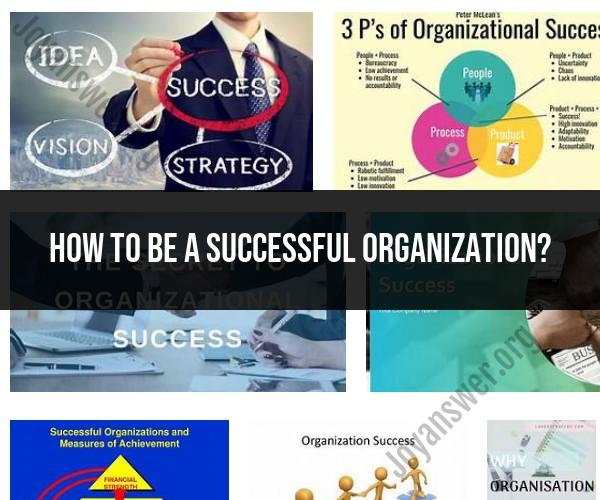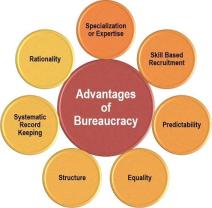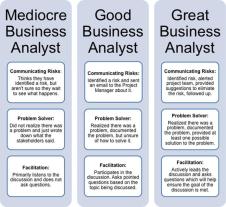How to be a successful organization?
Becoming a successful organization requires a combination of effective strategies, strong leadership, and a commitment to continuous improvement. Here are key strategies to help your organization succeed:
Clear Mission and Vision:
- Define a clear and compelling mission statement that outlines your organization's purpose and values.
- Develop a long-term vision that articulates where you want the organization to be in the future.
Strong Leadership:
- Appoint capable leaders who can set a strategic direction, inspire teams, and make tough decisions.
- Foster a culture of leadership development to ensure a pipeline of future leaders.
Engaged Workforce:
- Prioritize employee engagement and satisfaction. Engaged employees are more productive and committed to the organization's success.
- Encourage open communication, provide opportunities for growth, and recognize and reward achievements.
Effective Communication:
- Establish clear and transparent communication channels throughout the organization.
- Ensure that employees understand the organization's goals, values, and expectations.
Strategic Planning:
- Develop and regularly update a strategic plan that outlines specific goals, objectives, and action steps.
- Align all organizational activities with the strategic plan to ensure focus and accountability.
Customer Focus:
- Understand your customers' needs and expectations. Deliver products or services that meet or exceed these expectations.
- Collect and analyze customer feedback to continuously improve.
Innovation and Adaptability:
- Foster a culture of innovation that encourages employees to propose new ideas and approaches.
- Be adaptable and responsive to changes in the business environment, technology, and customer preferences.
Quality and Continuous Improvement:
- Commit to delivering high-quality products or services. Implement quality management systems and processes.
- Embrace a culture of continuous improvement, where employees regularly identify and address inefficiencies.
Financial Management:
- Maintain sound financial management practices, including budgeting, cost control, and financial reporting.
- Ensure long-term financial sustainability and resilience to economic challenges.
Risk Management:
- Identify and assess potential risks to the organization and develop risk mitigation strategies.
- Build contingency plans to respond effectively to unforeseen events or crises.
Partnerships and Collaboration:
- Form strategic partnerships with other organizations or stakeholders to leverage resources and expertise.
- Collaborate with industry peers to share knowledge and best practices.
Ethical and Responsible Practices:
- Uphold high ethical standards in all organizational activities.
- Demonstrate social and environmental responsibility through sustainable practices.
Performance Metrics:
- Establish key performance indicators (KPIs) to measure progress toward goals.
- Regularly review and analyze data to identify areas for improvement.
Employee Training and Development:
- Invest in employee training and development programs to enhance skills and knowledge.
- Encourage a culture of lifelong learning and professional growth.
Customer Relationship Management:
- Implement effective customer relationship management (CRM) systems to better understand and serve your customers.
- Use data-driven insights to personalize interactions and improve customer retention.
Adherence to Legal and Regulatory Requirements:
- Ensure compliance with all relevant laws and regulations in your industry.
- Stay informed about changes in regulations that may impact your organization.
Measurable Goals and Celebrating Achievements:
- Set specific, measurable, achievable, relevant, and time-bound (SMART) goals.
- Celebrate achievements and milestones to boost morale and motivation.
Success is an ongoing journey, and organizations must be agile and willing to evolve to meet changing circumstances and opportunities. Regularly assess your strategies and adjust as needed to stay on the path to success.
Keys to Success: Building a Thriving and Efficient Organization
There are many keys to success when building a thriving and efficient organization. Here are a few of the most important:
- Have a clear vision and mission. What do you want your organization to achieve? What are its core values? Having a clear vision and mission will help to guide your decision-making and ensure that everyone in your organization is working towards the same goals.
- Build a strong team. Your team is your most valuable asset. Invest in recruiting and developing talented employees. Provide them with the tools and resources they need to succeed. Create a positive and supportive work environment.
- Focus on customer satisfaction. Your customers are the reason you exist. Make sure that you are meeting their needs and expectations. Exceed their expectations whenever possible.
- Innovate and improve continuously. The world is constantly changing, and so should your organization. Be open to new ideas and new ways of doing things. Invest in research and development.
- Be financially sound. Make sure that your organization is on a solid financial footing. This will give you the flexibility to invest in new opportunities and weather unexpected challenges.
The Roadmap to Organizational Success: Key Principles and Practices
Here is a roadmap to organizational success, based on the key principles and practices listed above:
- Define your vision and mission. What do you want your organization to achieve? What are its core values? Write down your vision and mission statements and share them with your team.
- Set goals and objectives. What specific steps do you need to take to achieve your vision and mission? Set measurable goals and objectives for your team and track your progress regularly.
- Develop a strategic plan. How will you achieve your goals and objectives? Create a strategic plan that outlines your strategies and tactics.
- Build a strong team. Recruit and develop talented employees. Provide them with the tools and resources they need to succeed. Create a positive and supportive work environment.
- Focus on customer satisfaction. Understand your customers' needs and expectations. Exceed their expectations whenever possible.
- Innovate and improve continuously. Be open to new ideas and new ways of doing things. Invest in research and development.
- Manage your finances effectively. Make sure that your organization is on a solid financial footing. This will give you the flexibility to invest in new opportunities and weather unexpected challenges.
Strategies for Achieving Long-Term Success as an Organization
Here are some strategies for achieving long-term success as an organization:
- Invest in your people. Your employees are your most valuable asset. Invest in their training and development. Provide them with opportunities to grow and advance their careers.
- Create a culture of innovation. Encourage your employees to be creative and to come up with new ideas. Provide them with the resources they need to develop and implement their ideas.
- Build strong relationships with your customers. Get to know your customers and their needs. Build relationships with them that are based on trust and respect.
- Give back to your community. Be a good corporate citizen. Get involved in your community and support local charities and causes.
By following these strategies, you can build a thriving and efficient organization that is well-positioned for long-term success.












